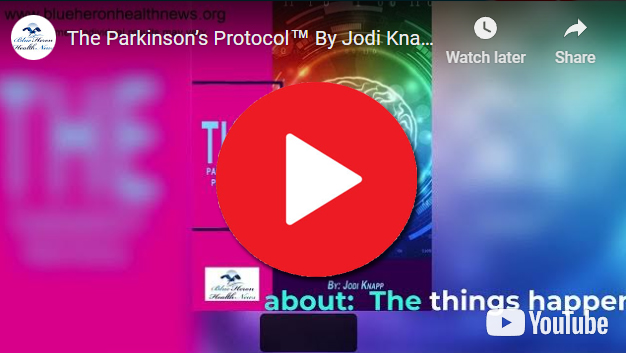
The treatment of Parkinson’s disease in Asian populations is generally similar to the treatment in other populations. Parkinson’s disease is a progressive neurological disorder characterized by the degeneration of dopamine-producing cells in the brain, leading to motor symptoms such as tremors, stiffness, and impaired balance and coordination. While there may be some cultural and genetic variations among different populations, the general principles of Parkinson’s disease treatment remain consistent.
Here are some common approaches to treating Parkinson’s disease:
- Medications: The primary treatment for Parkinson’s disease involves the use of medications to manage symptoms and improve quality of life. Levodopa, a precursor of dopamine, is the most effective medication and is often combined with a peripheral decarboxylase inhibitor to enhance its effects. Other medications, such as dopamine agonists, MAO-B inhibitors, and COMT inhibitors, may also be prescribed to control symptoms or enhance the effectiveness of levodopa.
- Deep brain stimulation (DBS): DBS is a surgical procedure that involves implanting electrodes into specific areas of the brain to deliver electrical impulses. It can be an effective treatment for advanced Parkinson’s disease when medication alone is no longer sufficient. The stimulation helps regulate abnormal brain activity and can reduce motor symptoms. DBS requires careful patient selection and ongoing management by a neurologist.
- Physical therapy and exercise: Physical therapy and regular exercise are essential components of Parkinson’s disease management. These interventions help improve mobility, flexibility, and balance, and can reduce the risk of falls. Asian populations may have cultural practices, such as tai chi or yoga, which can be incorporated into exercise routines to promote overall well-being.
- Speech therapy: Parkinson’s disease can affect speech and swallowing abilities. Speech therapy can help individuals improve articulation, voice projection, and swallowing function. Therapists may provide exercises and techniques to enhance communication and prevent complications related to swallowing difficulties.
- Occupational therapy: Occupational therapy focuses on improving daily living skills and enhancing independence. Occupational therapists may suggest modifications to the home environment, provide adaptive devices, and teach strategies to manage activities of daily living more effectively.
It’s important to note that treatment plans should be personalized to each individual, taking into account their specific needs, preferences, and cultural background. Parkinson’s disease is a complex condition, and a multidisciplinary approach involving neurologists, rehabilitation specialists, and other healthcare professionals is often recommended to provide comprehensive care and support for individuals with Parkinson’s disease.
See More on Video

The Parkinson’s Protocol™ By Jodi Knapp a natural program to treat Parkinson’s disease is provided online. it includes 12 easy steps to repair your body and reduce the symptoms of this disease. The creator of this program has divided into four segments to cover a complete plan to treat this disease along with improving your health and life by knowing everything about this health problem.